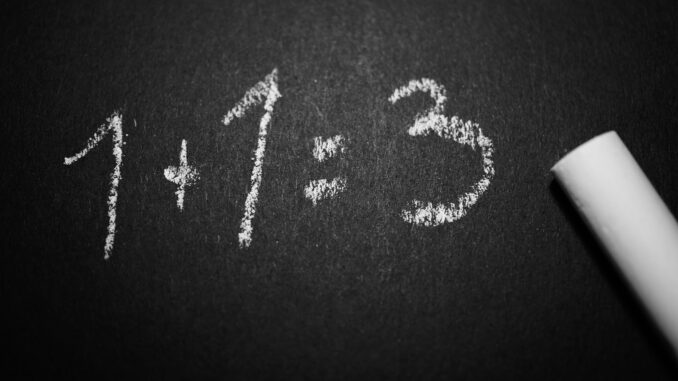

Making errors is a natural part of the learning process, but that doesn’t make it easy for children to know how to learn from mistakes. It isn’t always easy for adults to learn from their mistakes, either. The difference is that some children can take making an error particularly hard because adults make doing many of the things children consider difficult look easy.
Of course, not all children have problems dealing with mistakes, but for parents of perfectionists, this article will help you.
3 Tips to Help Your Child Learn from Mistakes
1. Set the Stage
Before you can teach your child that it’s okay to make mistakes, you have to prepare them for the inevitably of making them. No one is perfect. Let your child know this. Share stories of when you’ve made mistakes–not only when you were a child, but more recently. Use mistakes as an opportunity to learn, grow, and strengthen the skills to problem-solve.
The sooner your child can see that learning is a lifelong process, the sooner they can shake off the fear of failure and accept mistakes as a part of life.
2. Meditate then Move On. The only way anyone can truly learn from mistakes is if they are able to acknowledge them, understand why the mistake was made, and then move on. That’s why one of the key roles of a teacher is to help children identify problems and teach them the skills to problem-solve. All the stages of this process are important. After all, if your child can recognize their mistake and why it was made, but they can’t move on from it, the learning process isn’t complete.
Dwelling on mistakes is living in fear, and when one lives in fear, one is incapable of learning anything. They are shut down to new experiences.
So, when your child makes an error, show him or her when and where the mistake was made, make sure he or she understands why and how it was made, and then move on from it.
3. Reinforce Success
Here’s a strategy to use and it’s always been successful. If a child reacts negatively to a mistake they have just made, start asking a child questions. That will bring the child from an emotional state back to a rational state of mind. Bringing a child back to a positive state of mind allows for further learning to take place. One method is to encourage the child to step back and do something they know they can do. This switches a negative mindset back to a positive one. It reminds children how far they have come in their learning. It teaches them not to focus on a mistake.
My role as an Abacus teacher is to guide students to find out the reason why and how the mistake was made and to learn from it.
Don’t Overcomplicate Things
You don’t need an exhaustive strategy to help teach your child to learn from mistakes. You just need a few foundational teachings that will stay with your child throughout life, encouraging them to keep learning and growing.



